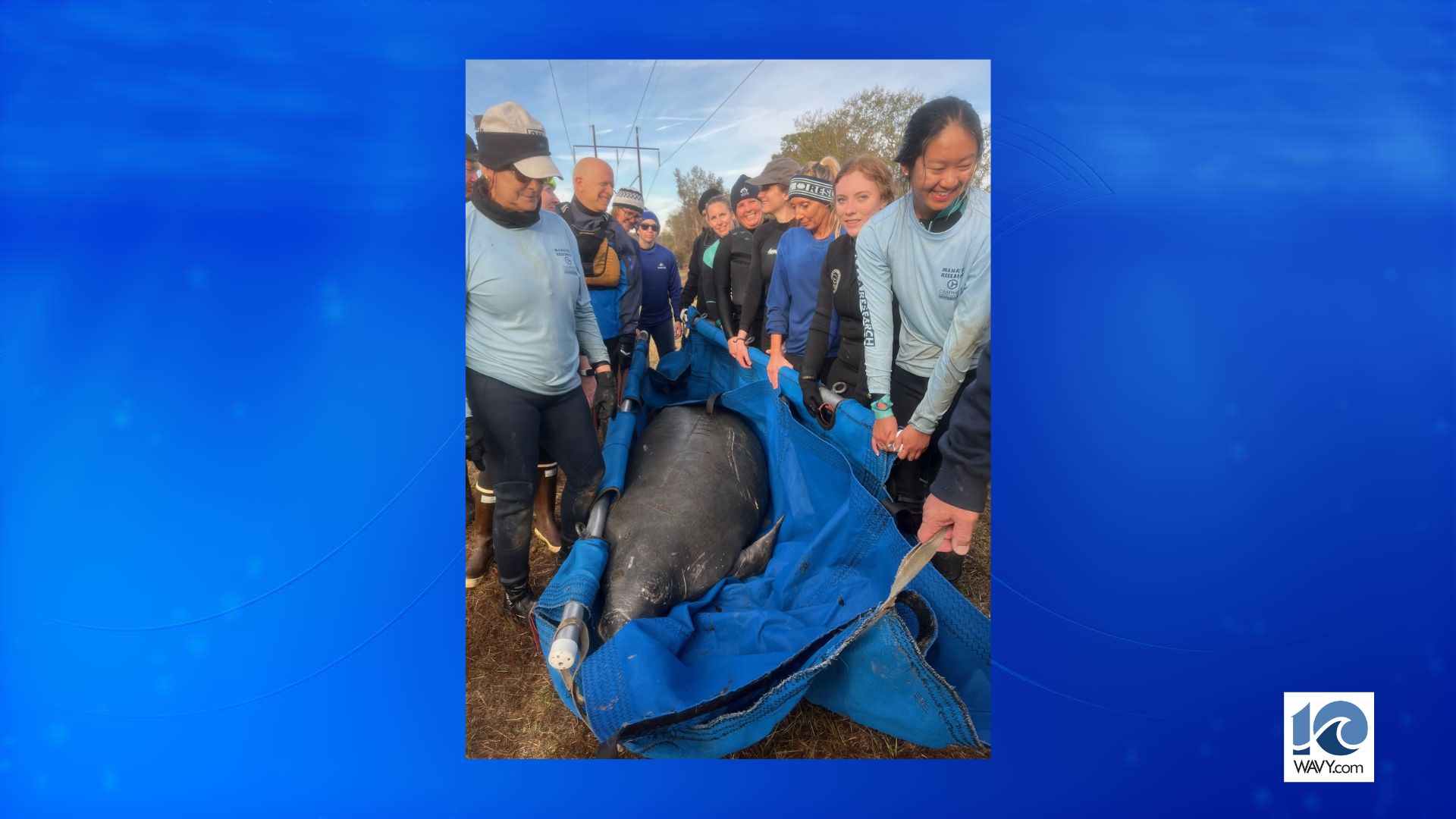ROANOKE, Va. (WFXR) — The “Queen of Steam” continues to explore new frontiers and make history, now as an official Virginia landmark.
The announcement comes after the Virginia Department of Historic Resources approved the addition of 11 historic sites to the Virginia Landmarks Register on Dec. 14. One of the sites being the Norfolk & Western Class J No. 611 Locomotive in the Star City.
The train was built in May of 1950 by Norfolk & Western. The train was used to carry passengers from Virginia to Ohio and from the western parts of the Commonwealth to West Virginia. It is the sole surviving member of the fourteen Class J locomotives.
In 1952, it was one of the locomotives that pulled Dwight D. Eisenhower’s presidential campaign train from Columbus, Ohio, to Kenova, West Virginia. Now, the steam train is owned and operated by the Virginia Museum of Transportation, Inc., in Roanoke.
During the meeting, 10 other historic sites in Virginia were added to the list:
The William R. McKenney Memorial Building, in the City of Petersburg. The building is a prominent two-story Italianate house that was built in 1859. The house was a family residence for the city’s first mayor, John Dodson. In 192 the building was converted to a public library and became the site of an important sit-in led by the Reverend Wyatt Tee Walkin in 1960. This ultimately led to the library’s integration and helped start a full integration throughout the city.
Scottsville Tire Cord Plant Historic District in Albemarle County. In 1944, this was built by the United States Defense Plant Corporation to increase the production of rubber to meet wartime needs during World War II. The plant was once one of the largest employers in Scottsville, Albemarle County, and surrounding counties. The plant stayed in use throughout the 20th century as the increasing reliance on automobiles raised the need for rubber tires and tire cords.
Seatack Historic District, City of Virginia Beach. This is a historic African American neighborhood that originated before the Civil War from a community of free and enslaved people.
Bank of Potomac/Executive Office and Governor’s Residence of the Restored Government in the City of Alexandria. The bank was one of the earliest banks established in the United States. In 1863, it became the office and personal home of the Governor of the Restored Government of Virginia, Francis H. Pierpont.
Dutch Hollow Hanger Cemetery, in Augusta County. Dutch Hollow Hanger Cemetary contained graves of some of the first German immigrant settlers to inhabit the community.
Carver-Price School, in the Town of Appomattox. The Carver-Price School was built in 1930 using contributions from the Julius Rosenwald Fund in the Town of Appomattox. The school provided free education for local African American students during the segregation era and the Civil Rights Movement in Virginia.
Hart Motor Company, in the City of Salem. The motor company reflects the 20th-century trend of automobiles becoming the main form of transportation for the community. It is comprised of a showroom and a service department station that highlights the type of roadside architecture built to cater to drives.
Pennington Gap Commercial Historic District, in Lee County. The district is an example of the socio-economic character of a small working-class town in rural Appalachia. It provided the local population as well as residents in surrounding rural areas access to rich natural resources in the region, mostly coal and timber in the northern section of the county.
Pilot School, in Montgomery County. The Pilot School is the only surviving public school from the early 20th century. The school provided free education to local white students starting in 1921, as part of Virginia’s public education system. In 1962, the unincorporated community of Pilot acquired the building to use it as a gathering place for family activities and social functions.






































